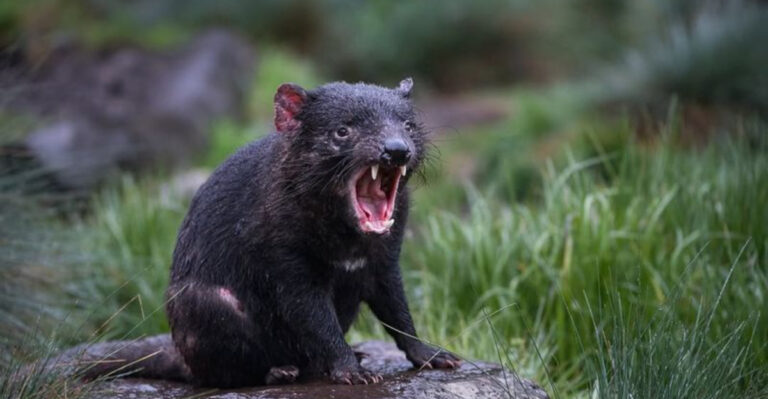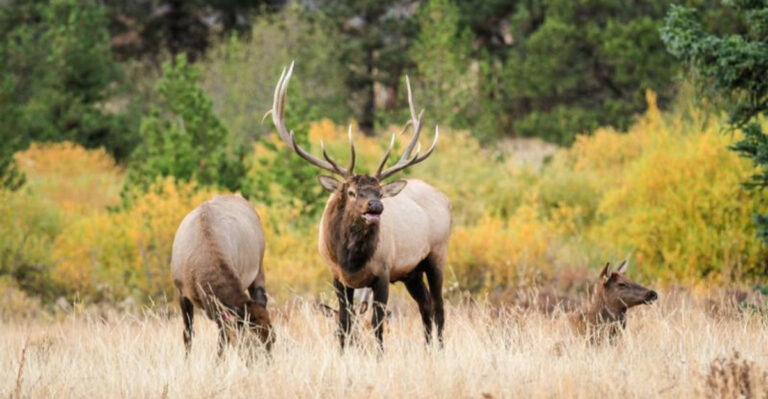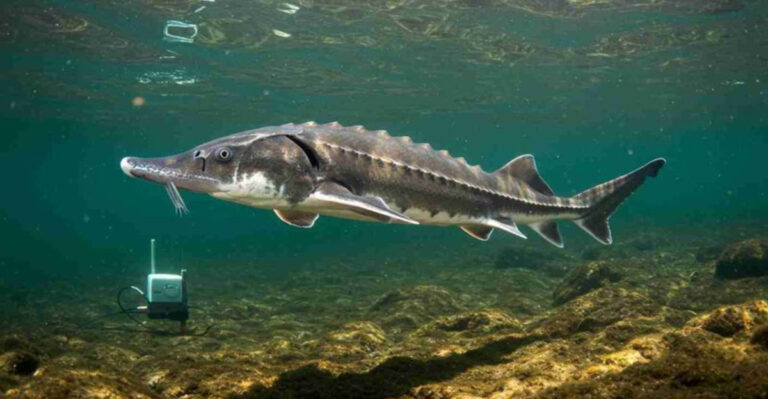What Jane Goodall Taught The World About Animal Intelligence
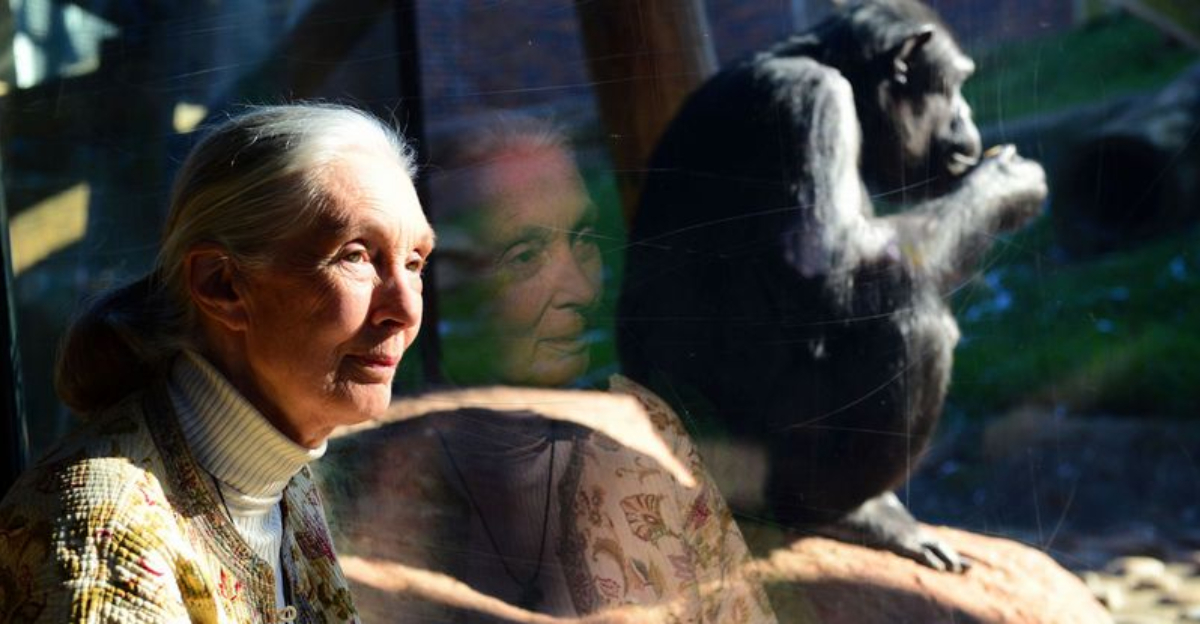
Jane Goodall revolutionized our understanding of animals when she began studying chimpanzees in Tanzania over 60 years ago.
Her patient observations in the wild revealed that chimps are far more intelligent, emotional, and similar to humans than anyone had imagined. Through her groundbreaking research, Goodall forever changed how we view the animal kingdom and our place within it.
1. Tool Makers And Users
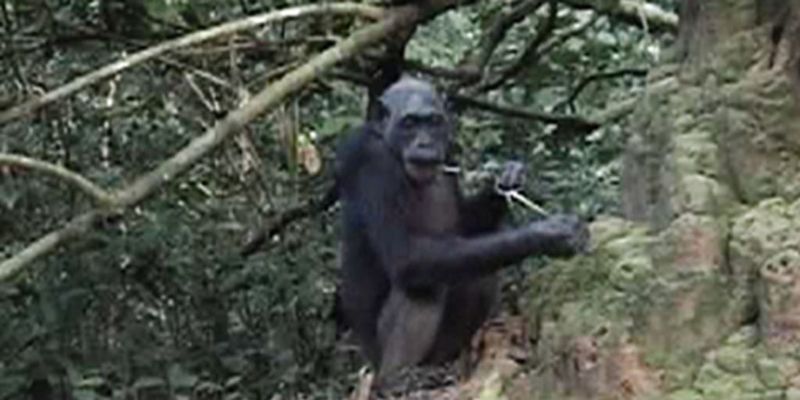
Chimps don’t just use tools – they craft them with purpose. Goodall’s 1960 discovery of chimps stripping leaves from twigs to fish for termites shattered the human-animal divide.
Scientists had previously defined humans as “the toolmakers.” Her observation forced experts to redefine what makes humans unique or admit that the gap between species was narrower than believed.
2. Meat-Eating Hunters
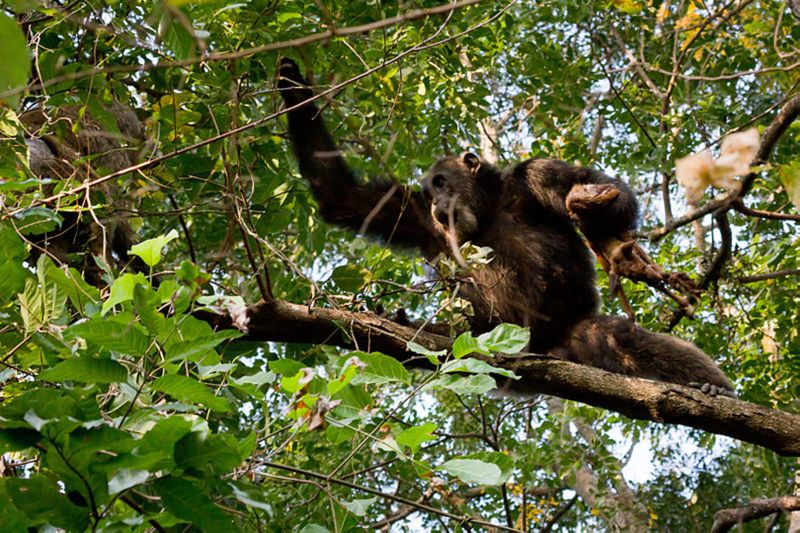
Before Goodall’s research, scientists believed chimps were strictly vegetarian. She documented them hunting in coordinated groups, sharing meat, and even using primitive weapons.
This revelation transformed our understanding of primate diets. The complex strategies chimps employ during hunts – including cooperation, communication, and fair distribution – mirror early human hunting behaviors.
3. Emotional Beings
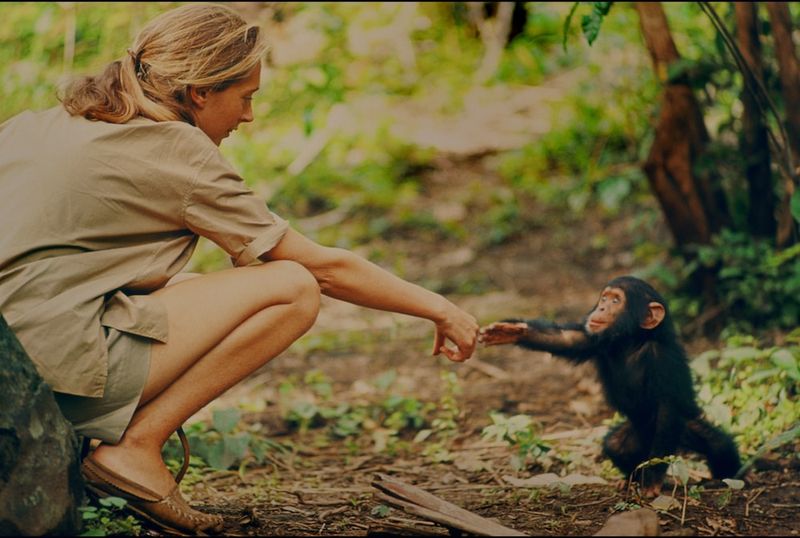
Goodall witnessed chimpanzees expressing joy through play, displays of affection, and even “laughing” during tickling games. She documented profound grief when community members died.
One mother carried her dead infant for weeks, unable to let go. These observations challenged the scientific taboo against attributing emotions to animals and proved that feelings aren’t uniquely human.
4. War And Peace
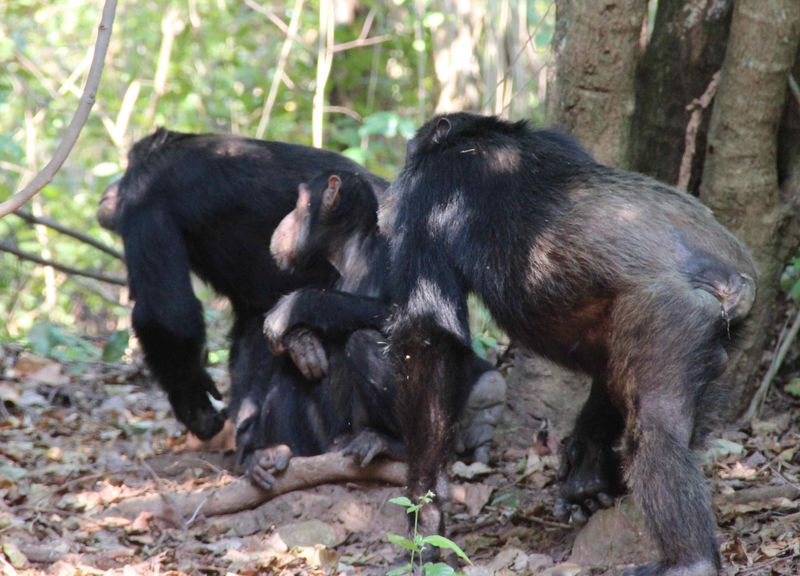
The Gombe Chimpanzee War shocked Goodall when she witnessed organized violence between neighboring communities. For four years, one group systematically eliminated another.
Yet she also documented reconciliation – former opponents embracing after conflicts. These discoveries revealed that both warfare and peacemaking existed in our evolutionary cousins, suggesting deep roots for these behaviors in human nature.
5. Cultural Learners
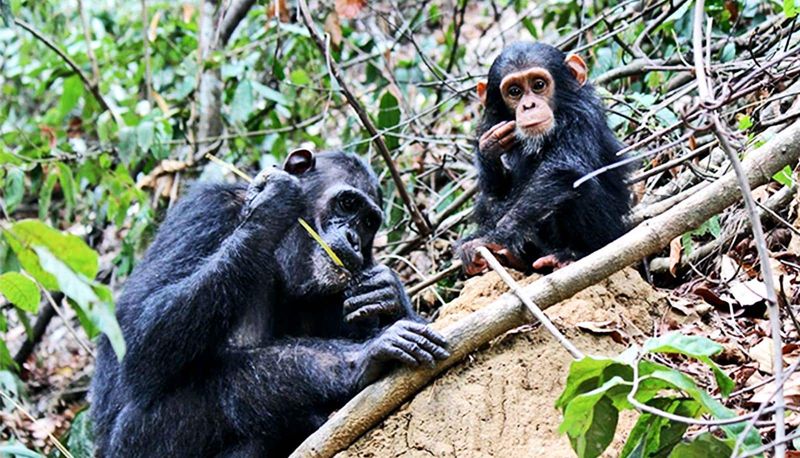
Each chimpanzee community Goodall studied had unique customs passed down through generations – from tool techniques to grooming styles. Young chimps watch adults intently, learning through observation rather than instinct.
This cultural transmission mirrors human learning. When a clever female invented a new way to crack nuts, others copied her method, spreading this innovation throughout the community.
6. Social Politics
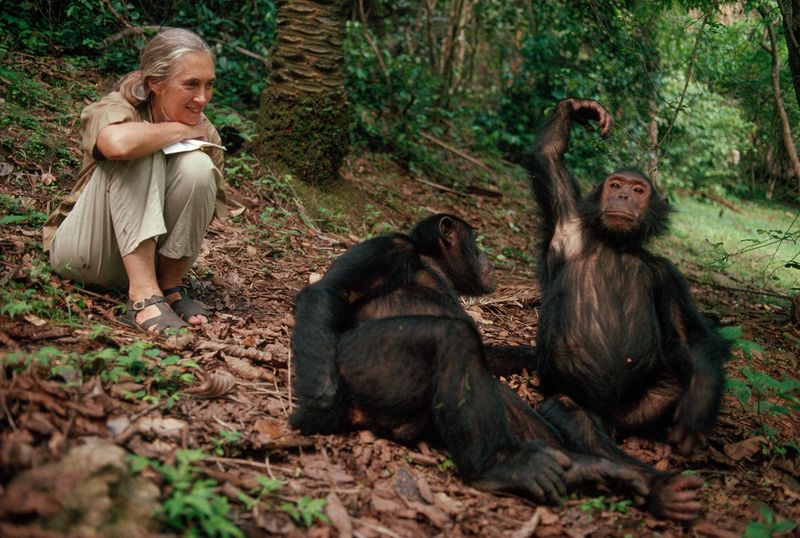
Machiavellian intelligence thrives in chimpanzee communities. Goodall documented males forming alliances to gain power, females developing strategic friendships, and individuals engaging in complex social maneuvering.
The alpha male isn’t always the strongest but often the smartest politician. These social dynamics revealed that strategic thinking and political behavior aren’t uniquely human traits but evolutionary adaptations shared with our closest relatives.
7. Self-Awareness
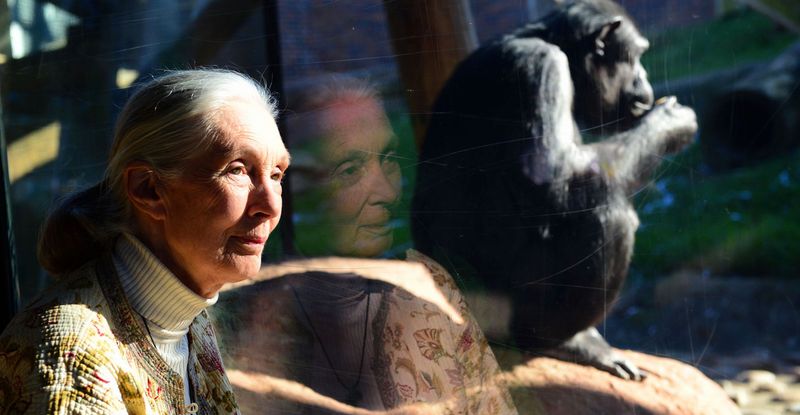
Goodall’s observations supported findings that chimps recognize themselves in mirrors – a rare cognitive ability indicating self-awareness. They use reflections to examine parts of their bodies they can’t normally see.
This capacity for self-recognition suggests a level of consciousness previously thought unique to humans. It implies chimps have a concept of self and understand they exist as individuals separate from others.
8. Medicinal Plant Users
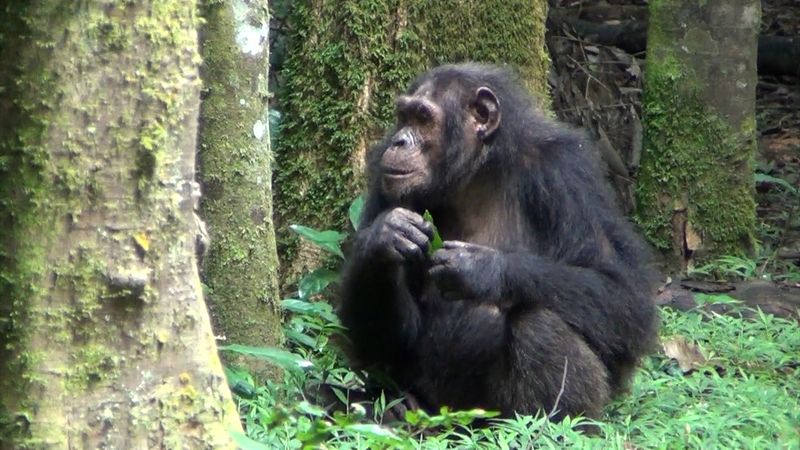
Sick chimps sometimes seek specific plants with medicinal properties. Goodall observed them selecting leaves they wouldn’t normally eat when ill, suggesting intentional self-medication.
Some chimps swallow rough leaves whole to scrape parasites from their intestinal walls. This deliberate health-seeking behavior demonstrates an understanding of cause and effect and challenges the notion that only humans use natural medicine.
9. Problem Solvers
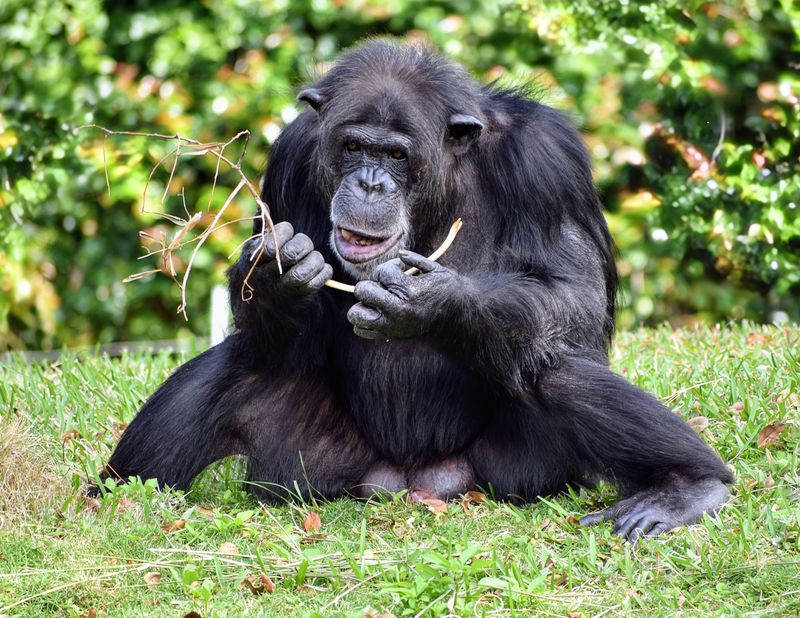
Goodall documented chimps solving multi-step problems requiring advanced planning. One famous example involved stacking boxes to reach suspended bananas – demonstrating causal reasoning.
When faced with new challenges, chimps often pause to consider solutions rather than acting impulsively. This thoughtful approach to novel situations reveals cognitive abilities that go far beyond simple trial and error learning.
10. Unique Personalities
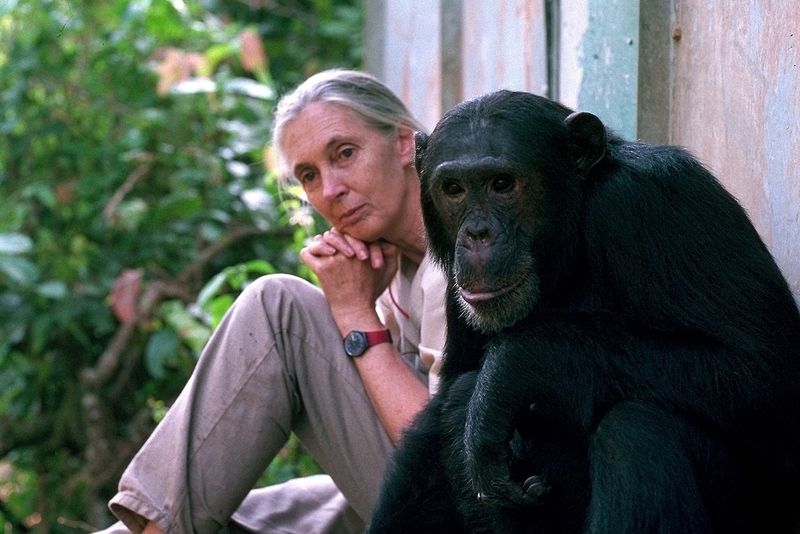
Against scientific convention, Goodall named rather than numbered the chimps she studied, recognizing their distinct personalities. Bold Frodo contrasted with shy Fifi; playful Gremlin differed from serious David Greybeard.
Her approach revealed that individuality isn’t uniquely human. By documenting these differences over decades, she showed that personality traits remain consistent throughout a chimp’s life, just as they do in humans.
11. Communication Specialists
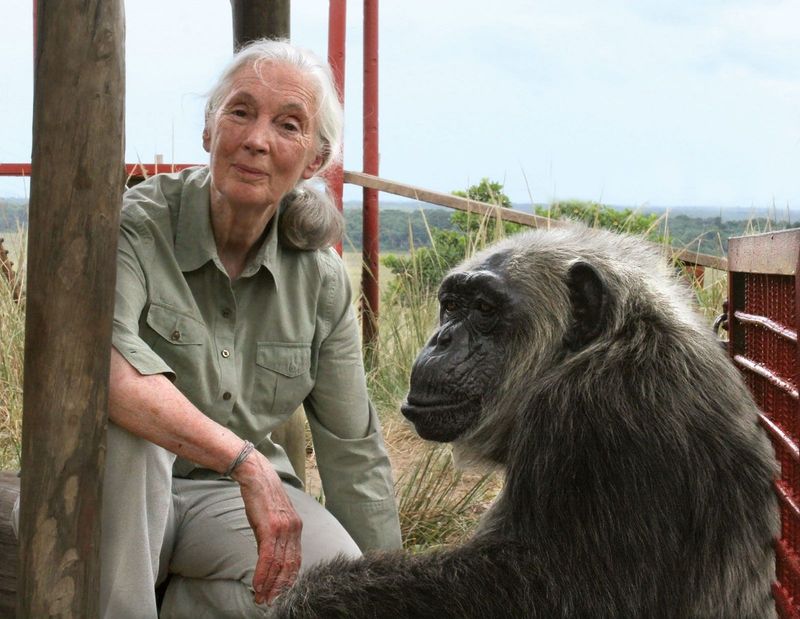
Goodall cataloged over 30 distinct vocalizations with specific meanings in chimpanzee communities. Beyond sounds, she documented elaborate body language and facial expressions forming a sophisticated communication system.
Chimps modify their signals based on who’s watching and whether they’ve been understood. This intentional communication shows they understand others have minds – a cognitive leap once thought exclusive to humans.
12. Maternal Influence
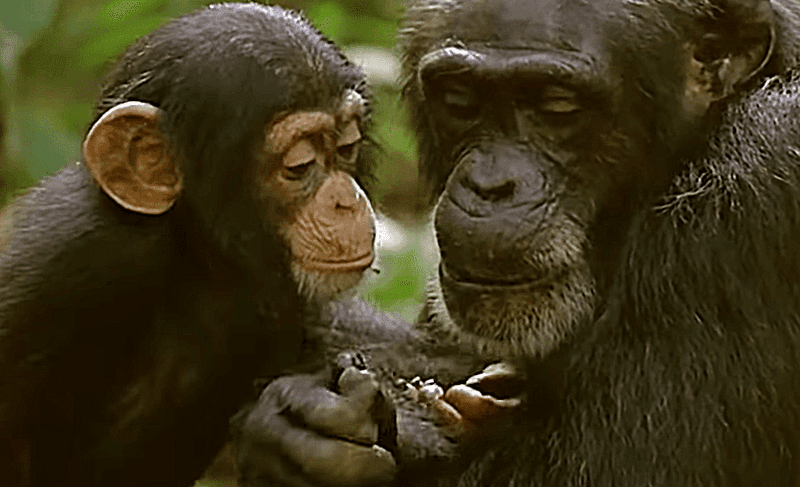
Goodall’s long-term studies revealed how mothering styles profoundly impact young chimps’ development. Supportive mothers raise confident offspring who reach higher social ranks.
The bond lasts a lifetime – adult males still seek comfort from their mothers during stress. This finding highlighted the critical role of early nurturing in shaping personality and success, a pattern strikingly similar to human development.
13. Capacity For Altruism
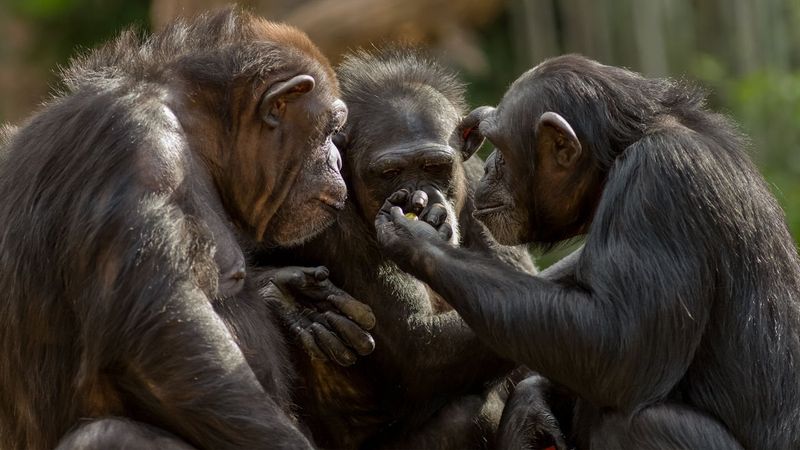
Contrary to survival-of-the-fittest expectations, Goodall documented acts of pure kindness among chimps. Individuals have been observed adopting orphans, sharing food with non-relatives, and helping disabled community members.
These selfless behaviors occur without obvious benefit to the helper. Such discoveries suggest that compassion and altruism may have evolved in our common ancestor, challenging the notion that moral behavior is uniquely human.

